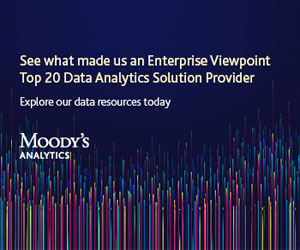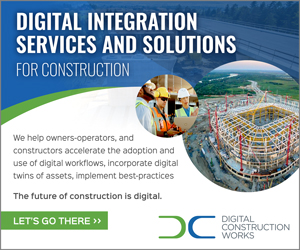As a regulator, I live in the Energy World. But Fintech is impacting this space in a big way, and consumers can benefit from it. Here are just a few of the ways Fintech is making an impact.
First, let’s remember what Fintech was supposed to do—to help consumers and businesses manage their financial operations better. One such group that struggles each and every month with finances are low-income electric customers. Across America, this customer traditionally gets behind on their bills, experiences disconnections several times per year, pays a ton of late and reconnection fees—all of which sends their energy costs higher and higher.
Thanks to pre-pay, a fintech tool perfected by PayGo Utilities, customers pay in advance for their power, even if it only one day in advance, and they receive notice via text or email about their balance and usage. If their account runs dry and their power is disconnected, they simply make a $10 at Walmart, Dollar General, top up by mobile app, or hop on the utility website. And thanks to AMI meters installed in 2008, power is restored immediately. No late fee, no reconnect charge, no nothing. Did I mention that this eliminates the need for deposits?
Prepay customers use less energy—about 11% less. That helps with efficiency. Part of their payment could cover previous arrearages if they are behind. That keeps the utility from writing off bad debt. They also learn how their house performs from an energy perspective. This “knowledge,” turns low-income customers into energy misers, maybe causing them to explore a used electric car or attic insulation, which lowers their bill even further. And don’t forget, customers who have their power turned off often lose everything in the freezer or refrigerator. The mental stress of an outage also can impact everyone in the family.
Utilities are benefiting too. Their operation costs are lower. Customers are happier. And they can bolster their ESG (Environmental, Social, and Corporate Governance) numbers through this program. The biggest benefit to them is the improved customer relationship by empowering the customer to handle their energy usage more responsibly.
So maybe you are not a low-income customer. Fintech makes life easier for you too. Pay by text on your smart phone when you get a text message, simply reply with “PAY” with a specific amount in order to pay your utility bill. You can get account balances by texting “BAL” to your utility.
Maybe you shop every week at the grocery store. You can pay your utility bill with cash using a smart phone-based barcode at the cash register or customer service counter. Payments post in near real time, literally in seconds. Meters can reconnect in minutes. That is not your grandaddy’s payment system when a truck had to roll and reconnect you in person. You may be surprised to know that you can ApplePay or GooglePay your utility bills too. You can even pay via Alexa by saying “Hey Alexa, pay my utility bill.
I recently installed the SENSE device in my fuse panel, and now get usage disaggregation showing me how much I am spending for each appliance in my home. The app alerts me when energy spikes and asks me to “name” the device. I get a monthly report telling me my kWh usage and how much energy is on “all the time.” Customers on a time-of-use rate can better manage their energy load.
Next gen digital AMI meters (those things on back of your house) will be able to support bill calculations in the meter allowing for more real-time billing. And don’t be surprised to see a utility break the glass ceiling and use bitcoin or crypto currencies to cover that monthly bill.
Our Commission even approved a crowd-funding program where neighbors could chip-in to help neighbors with energy efficiency projects. The utility administers the program, and the lucky utility customer lowers their power bills. The friends receive the joy of helping a neighbor.
But this goes far beyond Georgia. The International Energy Agency even hosted a webinar called: “Modernizing Energy Efficiency through Digitalization.” The entire webinar looked for opportunities for Fintech to scale-up finance for clean energy projects. They made the case that through fintech, the availability, access, and validation of data is enabled. That data and resulting aggregation for investors and projects is achieved, and everyone wins. Behaviors are automatically tracked and integrated into ESG. And you know what a big thing that is to the Fortune 500.
Fintech and Energy are now joined at the hip, and it is only going to get better.

















